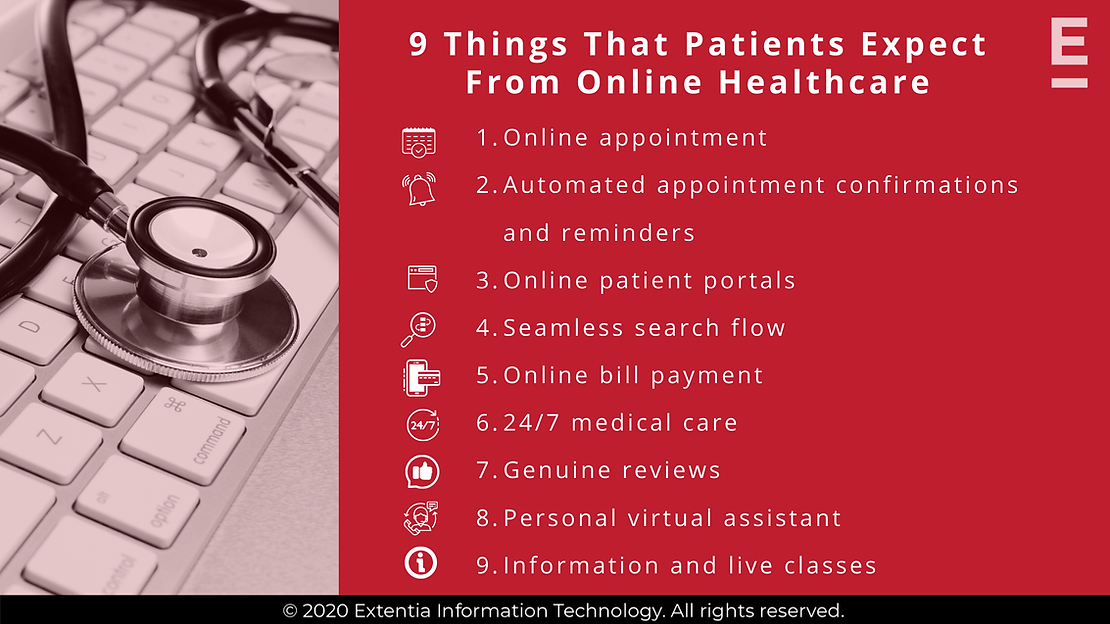A Tech-Enabled Future for NPFIs to Scale Their Mission
In the U.S., nonprofit financial institutions (NPFIs) play a crucial role in creating economic opportunities for underserved communities. Their mission is clear: to provide affordable financial services, support small businesses, and empower underserved communities for long-term growth.
Yet, fulfilling this mission is often hindered by outdated systems, scattered data, and manual processes. These challenges slow down operations and limit visibility into client relationships—making it harder to deliver services where they’re needed most. The good news? 87% of nonprofits using cloud CRMs like Salesforce report a positive impact on operations, [1] highlighting how the right technology can be a game changer. By consolidating data, streamlining workflows, and enabling smarter decision-making, a powerful CRM like Salesforce helps NPFIs focus less on systems—and more on impact.
Another reason Salesforce is a preferred choice for many NPFIs is the Power of Us program, which provides up to 10 free enterprise licenses, reducing the barrier to getting started.[2]
At Extentia, a Merkle Company, we have been leveraging Salesforce to empower the nonprofit financial institutions we work with, helping them streamline operations and maximize their impact.
Read on to uncover the biggest challenges these organizations face, and how Salesforce can be employed to help overcome them.
A Closer Look at Nonprofit Financial Institutions
Before we go further, it’s important to understand what nonprofit financial institutions (NPFIs) are.
Nonprofit Financial Institutions (NPFIs) are mission-driven organizations that provide financial services to underserved communities without the goal of generating profit. Unlike traditional banks, their primary focus is on economic empowerment, financial inclusion, and community development. They rely heavily on grants, donations, and government funding, and are held to high standards of transparency and impact reporting.
Some common examples of NPFIs in the U.S. include:
- Community Development Financial Institutions (CDFIs)
- Credit unions with a social focus
- Nonprofit loan funds
- Housing finance nonprofits
- Faith-based financial organizations
- Community banks with a social focus
- Microfinance institutions
- Economic development loan programs
What Stands Between Nonprofits and Their Mission
Here are some of the biggest challenges faced by nonprofit financial institutions, and how Salesforce helps solve them.
- Disorganized Data Slows Down Mission Delivery
NPFIs often manage stakeholder data – clients, borrowers, or donors – data across disconnected systems and formats. This fragmentation limits visibility and slows down decision-making. Salesforce consolidates this data into a unified CRM, offering a 360° view of each stakeholder and enabling faster, more personalized engagement.
At Extentia, we can support NPFIs through secure data migration, including cleansing, deduplication, and mapping. Salesforce also enables implementation of digital-first intake processes tailored to each organization’s workflow, replacing outdated forms with automated eligibility checks and streamlined onboarding—all designed to reduce manual effort and improve service delivery.
- Manual Loan Processes Create Delays and Errors
Loan applications often involve manual steps—collecting documents, routing approvals, and tracking progress, which leads to slow processing and errors. This affects both operational efficiency and client satisfaction.
By automating these workflows with digital forms, approval routing, and built-in tracking, Salesforce helps institutions move faster. In fact, 29% of nonprofits report making decisions more quickly after implementing Salesforce,[3] enabling them to respond to community needs with greater speed and confidence.
- Navigating Compliance Is Time-Consuming and Risk-Prone
Juggling multiple programs and funding sources makes compliance complex and time-consuming. Salesforce streamlines compliance with automated workflows and standardized documentation, helping institutions stay organized and audit ready.
- Scattered Reports Limit Financial Clarity
Without centralized reporting, NPFIs often struggle to monitor cash flow, measure impact, and make informed decisions—slowing down strategic planning and reducing operational agility.
Salesforce brings data together into real-time dashboards and customizable reports, offering clear visibility across departments. In fact, 65% of nonprofits now run multiple functions—including program management, fundraising, and donor tracking—on Salesforce, enabling unified oversight and streamlined reporting.[4]
- Low Tech Adoption Slows Digital Transformation
Limited digital familiarity among staff often leads to low adoption of new systems, reducing the value of technology investments. Salesforce supports adoption with user-friendly interfaces, mobile access, and built-in guidance, making it easier for teams to learn and adapt quickly.
Drive Impact with Extentia’s Salesforce Solutions
Every nonprofit financial institution operates with a unique mission, structure, and set of challenges. That’s why a one-size-fits-all approach to technology doesn’t work. At Extentia, we design custom Salesforce solutions that align with each organization’s processes, compliance needs, and long-term goals—ensuring the platform works for the people who use it.
From migrating data out of legacy systems to building intuitive dashboards, we simplify technology so teams can focus on impact. Our solutions connect key functions like onboarding, loan processing, compliance tracking, outreach, and reporting into one integrated system—making operations more efficient and mission delivery more effective.
Case in Point: Streamlining Loan Operations
One of our clients, a nonprofit financial institution, was struggling with frequent delays and errors in their loan operations due to manual workflows. To address this, we built a tailored Salesforce solution designed to digitize and streamline the loan application journey. The backend was automated with Salesforce standard objects, while a user-friendly portal for applicants was created using Salesforce Community Cloud to ensure a smooth experience.
The results were clear:
- 30% reduction in manual effort
- Faster processing
- Improved client satisfaction
- A scalable system ready for future growth
Are you ready to bring transformation to your organization and create a bigger impact in your community?
Contact us and see how we can help you work smarter, engage better, and achieve lasting results.
Sources:
[1] https://www.salesforce.com/news/stories/76-of-nonprofits-lack-a-data-strategy-according-to-salesforce-org-report
[2] https://www.salesforce.com/in/nonprofit/cloud/
[3] https://www.salesforce.com/in/nonprofit/
[4] https://www.salesforceben.com/5-nonprofit-trends-from-the-state-of-salesforce-report/




